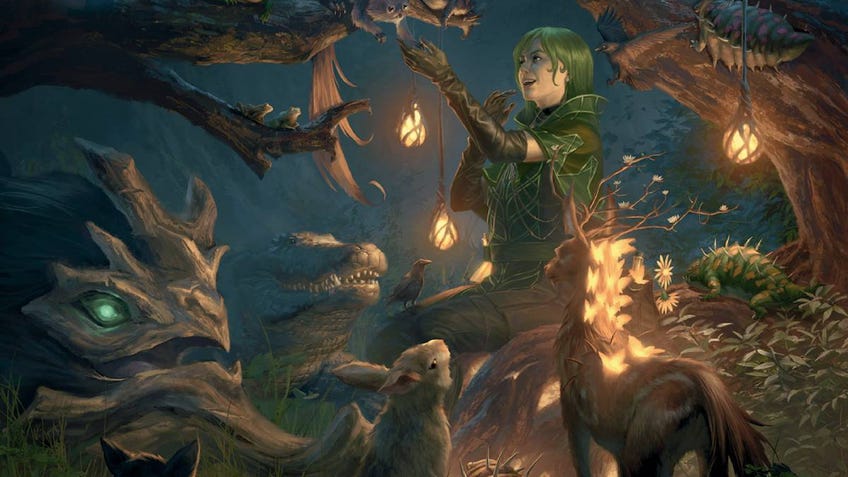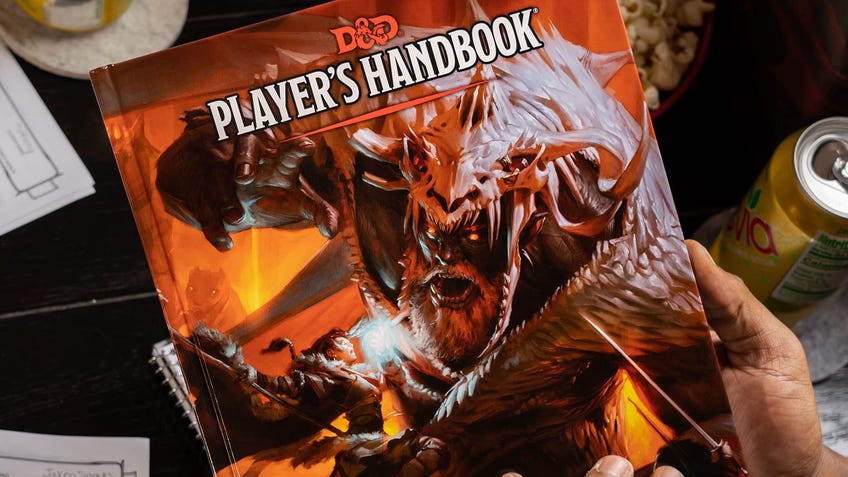The biggest D&D 5E problems that One D&D still hasn't fixed
Even One D&D can’t solve everything: here are the key offenders unlikely to change before the new edition comes out.
A new edition of Dungeons & Dragons, previously known as One D&D, is launching this year – possibly as soon as May – and fans of the tabletop RPG will be waiting with bated breath to see whether or not the game’s revisions line up with their expectations for the hobby.
Wizards of the Coast has now tied up public playtests for the game’s primary sourcebook, the Player’s Handbook, meaning an end to our input into character creation, class mechanics, feats and spells. While we expect to get another playtest or two looking at the Dungeon Master’s Guide, the bulk of the work has been done, and the game’s designers are now making final adjustments in order to get ready for the upcoming release.
We’ve already seen a lot of changes from 5E. As someone who’s covered the entirety of the playtests so far, I’m pretty hopeful that the 2024 edition will be good for the long-term health of the game: pain points removed, a few mechanics simplified, and sourcebooks better catered to new players and DMs.
But some things will always fall through the net, and there are a few lingering issues that never quite got resolved. We’d love to see these addressed behind the scenes, though it’s increasingly looking like these specific 5E quirks are here to stay in the new D&D edition.
1. Rogue and subclass progression
The Rogue has long been one of the most popular D&D classes, capturing a delicious fantasy of a sneaking, stabbing, stealing figure in the shadows. However, the 5E Rogue suffers from a frustrating level progression: after choosing your subclass at Level 3, you then need to wait until Level 9 to get any more features associated with that choice. Given most campaigns are finished well before Level 10, it means the Rogue’s subclass abilities rarely get to shine in the way other classes do.
The One D&D team toyed with a standardised subclass progression for every class (Level 3, 6, 10, 14), though backtracked after finding it caused difficulties for class balancing, as well as the desired ‘backwards compatibility’ of the 2024 edition with 5E sourcebooks.
Those middle levels have been fleshed out a bit with the Rogue’s Cunning Strikes, which let you forgo Sneak Attack damage in order to inflict status effects, like tripping or blinding an enemy. The ability to easily poison a creature with these strikes, too, is a massive improvement on the complicated and costly poisoning rules from 5E.
But the issue remains that someone wanting to lean into their subclass fantasy, from the Thief to the Swashbuckler, there’s a long wait between features that actually make your character play differently from every other Rogue out there – except for maybe the Arcane Trickster, which gets its own spell progression throughout Levels 3 to 20.
We don’t expect that to change at this point, though it’s a notable pain point that we’d love to see amended – maybe in another ten years.

2. Druids, Wild Shape and pesky templates
The Druid is probably the hardest 5E class for One D&D’s designers to get right: famously complex to run, rarely chosen by new players and highly difficult to balance around its near-infinite animal transformations.
Its Wild Shape ability, which lets you turn into a horse, spider, eagle or similar ‘beast’, runs on stat blocks designed for enemy creatures rather than playable characters; One D&D’s designers tried to amend this with a series of basic animal templates (Land, Sea and Air) but the implementation was so bland that playtesters roundly rejected it. If a dog feels much the same as a bear or horse, the choice starts to feel a little meaningless.
Wizards of the Coast seems to have settled on a few band-aid fixes instead: moving Wild Shape to a Bonus Action, culling its massive HP boosts and allowing a limited amount of known animal forms (helping Druids to find a specific playstyle, and DMs to plan encounters with more certainty). These should all help in their own way, though it still feels like there’s a structural issue with Wild Shape that hasn’t been addressed, and a reticence to flesh out a balanced template system for a wide array of beasts and abilities.

3. Hasbro
Of course, we couldn’t possibly make this list without mentioning the main offender, parent company Hasbro itself.
2023 was a bad year for Hasbro’s reputation, and by extension that of its subsidiary, Wizards of the Coast. Hasbro executives have been keen to increase monetisation of the D&D brand, already one of the most profitable parts of the business, but which was also hit hard by massive Hasbro-wide layoffs blamed on a struggling toy market.
At the start of last year, Hasbro was also embroiled in controversy over proposed changes to Dungeons & Dragons’ OGL (Open Gaming License), seeking to increase corporate oversight over third-party companies monetising D&D-compatible products: games, streams or otherwise. (That’s not to mention its use of Pinkerton agents to track down a fan who was mistakenly sold an unreleased box of Magic: The Gathering trading cards).
Hasbro is getting very involved in how the D&D brand operates, seeking to expand its reach and profit at the same time as culling staff and changing long-standing licence agreements, and it rubs a lot of fans the wrong way. Those actions over the past year have cast a long shadow over the ongoing development of One D&D, moving 5E players onto other D&D-like systems or at least dampening their excitement for sticking around.
The launch later this year should still garner attention, as players old and new shift to the 2024 version of the RPG, but the current owner of Dungeons & Dragons is, incredibly, one of the biggest obstacles to the game that One D&D could be.


